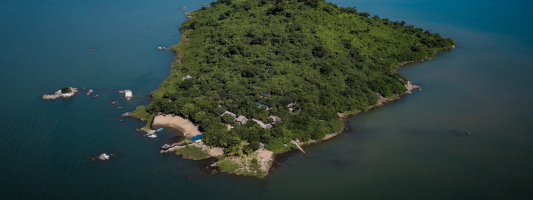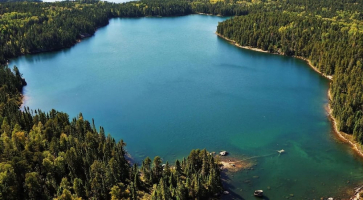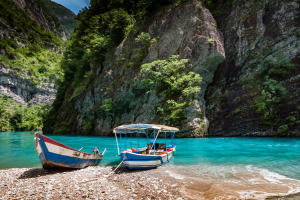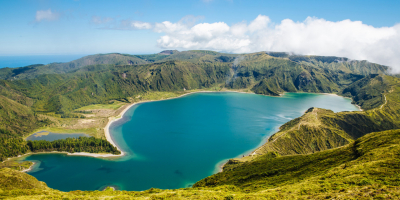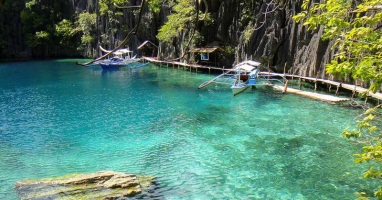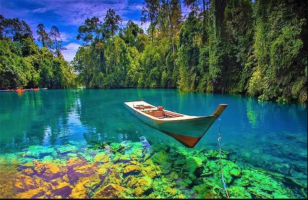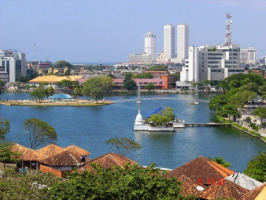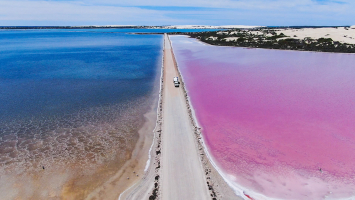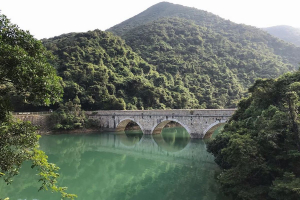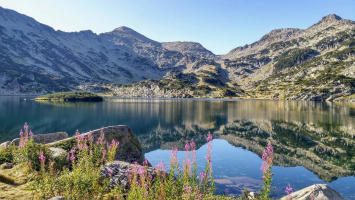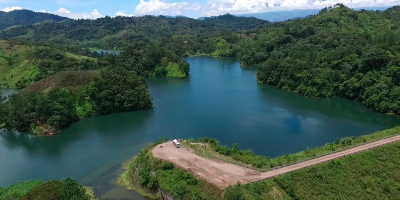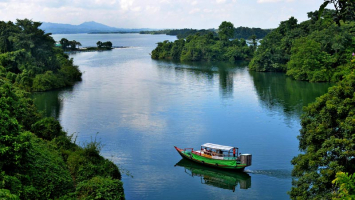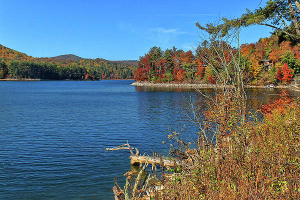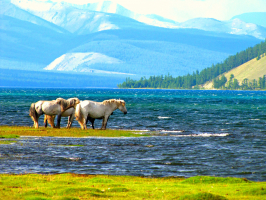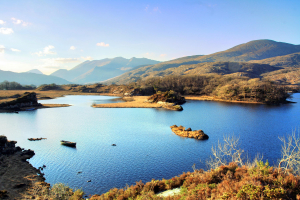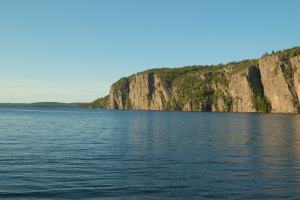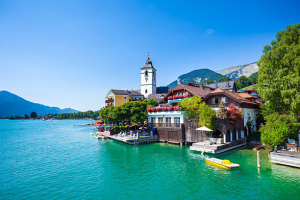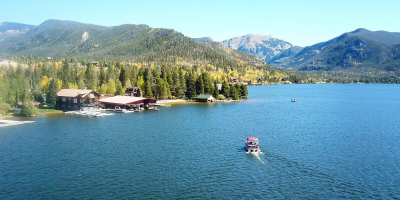Top 3 Most Beautiful Lakes in Malawi
Malawi is a fantastic country with a diverse landscape of high mountains and white-sand beaches. Malawi, known as Africa's warm heart, has beautiful scenery ... read more...and very kind people. Malawi has several national parks that provide an excellent opportunity for an adventurous safari. Malawi's stunning landscape is dominated by some of Africa's most beautiful lakes. Lake Malawi, in particular, is nestled in a gorgeous hilly landscape surrounded by white sand beaches. In this article, let's discover the most beautiful lakes in Malawi.
-
One of the Great Lakes of the Rift Valley in Africa is Lake Malawi. It is sandwiched between Tanzania, Mozambique, and Malawi. For thousands of years, Lake Malawi, also known as Lago Niassa in Mozambique and Lake Nyasa in Tanzania, has provided fish to the nearby settlements. More fish species live there than in any other lake. The lake is 47 miles in width and 350 miles long. The third-largest lake in Africa, Lake Malawi, is also the Rift Valley's southernmost lake.
Lake Malawi is a great spot to travel all year round because the weather is consistently lovely. In light of this, May through July during the dry season is the ideal time to explore the lake. Due to the fact that it is winter in the southern hemisphere at this time, temperatures will also be lower. Between October and March is the wet season.
Three countries - Malawi, Mozambique, and Tanzania - have access to Lake Malawi. Most visitors to the lake come from Malawi. Due to its accessibility, Malawi's southern shore is the area of the lake that is most frequently visited. The best tourist infrastructure is also found there.
How to spend time at Lake Malawi. Take a swim. The mild weather makes the water feel fantastic all year long. You should be aware that the parasite Bilharzia is present in Lake Malawi. You may decide if you want to take the chance or not. The section that follows has more information on that. The lake has stunning sandy beaches all around it. Because you can't see over, in many places it resembles the sea. To relax, read a book, or just sit outside in the sunshine, head to Lake Malawi.
Many locations surrounding the lake provide boats and kayaks for rent. This is a fantastic opportunity to work out and independently explore the neighborhood. You can also take a motorboat tour of the area if you'd rather not row. Travel agents will locate you. You avoid being overcharged, make sure to bargain strongly.
Lake Malawi also offers water skiing and stand-up paddleboarding. Paddleboards are available for rent near the lake. You can arrange a water skiing tour through your hotel or one of the tour operators on duty at the beach. For rentals and tours, make sure you haggle ferociously.
For thousands of years, people have fished in Lake Malawi. The lake provides a substantial portion of the region's diet. Consider the fish. All around the lake, there are low-cost BBQ fish eateries.
Some of the world's best freshwater diving may be found in Malawi. Dive sites in Malawi's Nkhata Bay and Cape Maclear are the most often visited. Each city has a number of dive shops. They can arrange for you to hire equipment and go on tours to the top dive sites. Snorkeling is also a possibility if you'd like. All levels of divers, from beginners to experts, will love this location. There are no hazardous currents or waves to contend with because it is a lake. All year long, the water is a nice temperature. The lake has excellent visibility most of the time. The 700 kinds of cichlids that live in Lake Malawi are the main attraction for divers. These colorful fish are well-liked by aquarium keepers. They are indigenous to Lake Malawi.
An amazing place to sail is Lake Malawi. There are no hazardous currents or surges to be concerned about because it is a lake. The temperature is good all year round, the water is quiet, and the breeze is light. A lot of inns provide sailing excursions or yacht rentals. Cape Maclear has the most possibilities, so go there.
Get a Drink at a Beach Bar. Relax and enjoy a few cold Castel beers while watching the sunset. You can also sample various Malawian distilled spirits.
People have fished in Lake Malawi for thousands of years. There is some great fishing in the lake itself as well as the nearby rivers and streams. You can rent fishing equipment nearby and give it a shot. Consider hiring a local guide to show you the best fishing spots for the greatest likelihood of success. Make sure you are licensed before you toss in a line. You might wish to think about catch-and-release fishing because overfishing is an issue in the lake.
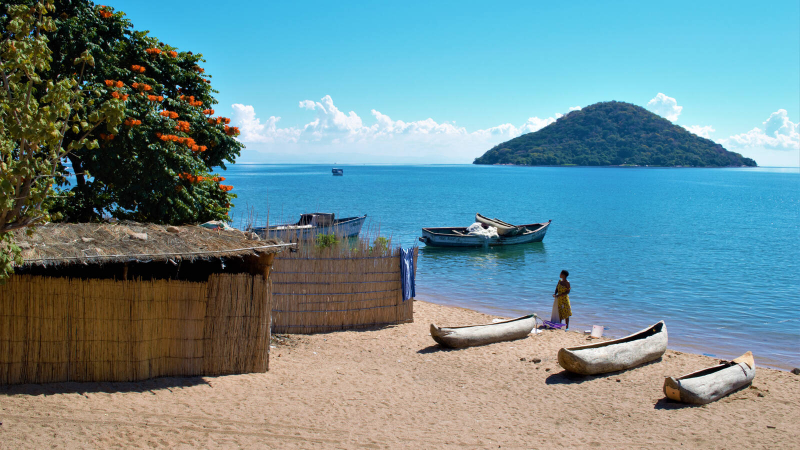
Lake Malawi fish conservation project - UNESCO World Heritage Centre 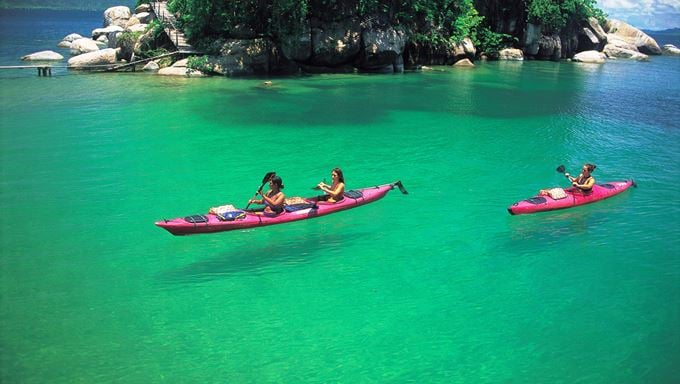
Lake Malawi – The Explorations Company -
Lake Malombe is a lake in southern Malawi that is fed and drained by the Shire River. It is located in a rift valley that runs northwest from Lake Chilwa to Lake Nyasa, parallel to the Shire Rift Valley. Lake Malombe is a lake located in the southern region of Malawi. It lies around 20 kilometers (12 miles) south of the considerably bigger Lake Malawi.
The Shire River feeds the lake 12 miles (19 kilometers) below its efflux from Lake Nyasa and drains through that river's departure from Lake Malombe's southern shore.
Malombe has a depth of 6 to 8 feet and a surface area of 162 square miles (420 square kilometers) (2–2.5 m). During the dry season, rice and corn (maize) are farmed along the lake's marshy edges, and commercial fishing is significant economically.
The number of fishermen on the lake has significantly increased recently, which has resulted in a local drop in some fish species, particularly the chambo cichlids, a significant food source throughout Malawi.Up until the middle of the 19th century, when it began to fill again, the lakebed was dry for many hundred years.
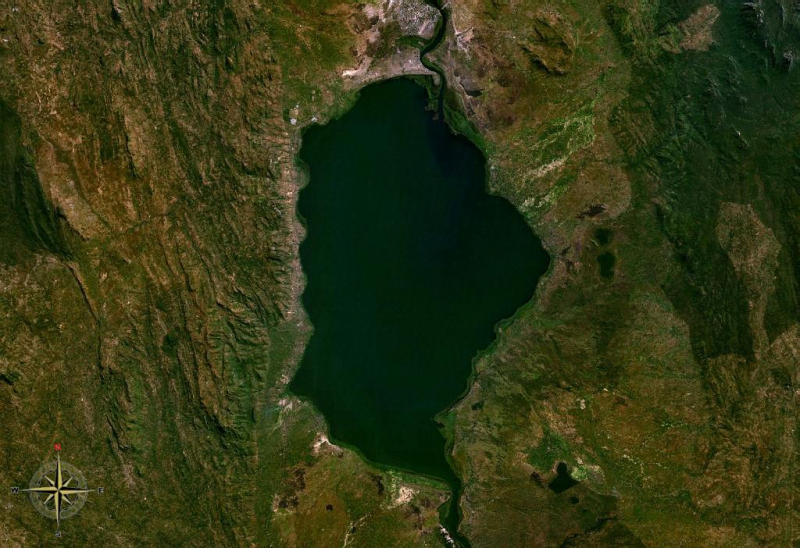
Lake Malombe - Wikipedia 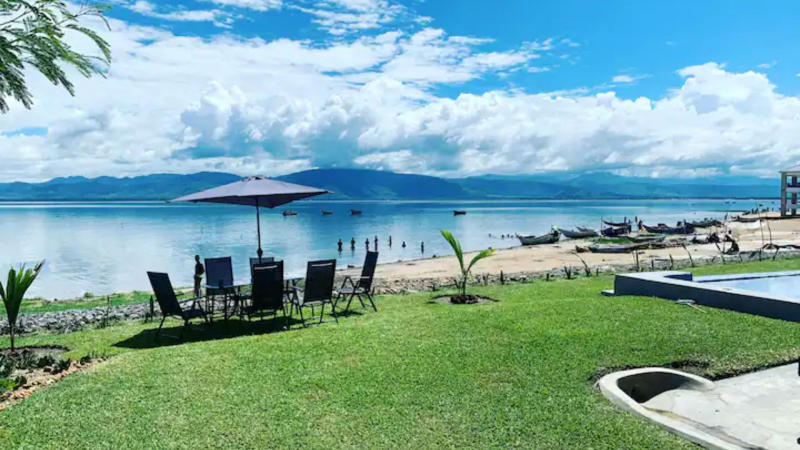
Lake Malombe Vacation Rentals & Homes - Airbnb -
Lake Chilwa is Malawi's second largest lake, behind Lake Malawi. It is located in the eastern Zomba District, close to the Mozambique border. The lake is 60 km long and 40 km wide, and it is surrounded by large marshes. Chisi Island is a small island in the middle of the lake. The lake has no outlet, and its level is heavily influenced by periodic rainfall and summer evaporation. During a period of very dry weather in 1968, the lake vanished. When David Livingstone visited the lake in 1859, he said that its southern edge extended all the way to the Mulanje Massif, making the lake at least 32 kilometers (20 miles) longer than it is today.
To secure the preservation of the lake and its wetlands, the Government of Malawi and the Danish International Development Agency have been working together. The Lake Chilwa Basin Climate Change Adaption Programme (LCBCCAP) was established to preserve the sensitive environment, which serves as a significant source of fish products in the area in addition to being an important wetland for the local wildlife.
Barbus paludinosus, Oreochromis shiranus chilwae, Clarias gariepinus, Brycinus imberi, and Gnathonemus are the most abundant fish species in Lake Chilwa. The lake is home to over 1.5 million waterbirds of approximately 160 distinct species. Every year, some of them travel from Siberia along the Asian-East African Flyway. With twelve bird species, this represents more than 1% of the entire flyway population. When the water level is low and fishing is difficult, the surrounding human population is dense and rising, and waterbirds are targeted for food. Efforts are being taken to guarantee that hunting is done in an environmentally responsible manner.
Lake Chilwa's western side, with Chisi Island in the distance. A total of 20% of the fish caught in Malawi are caught in the lake, which is fished by about 335 settlements with over 60,000 residents each year.
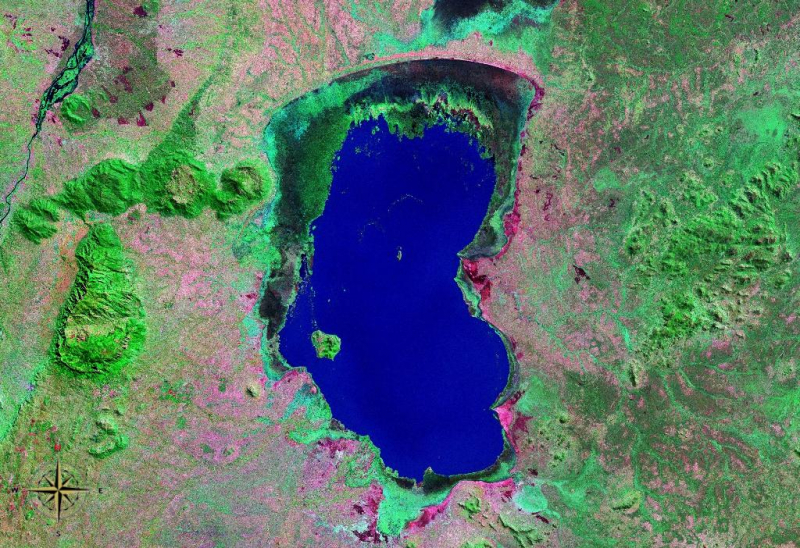
Lake Chilwa - Wikipedia 
Lake Chilwa - Malawi Tourism





